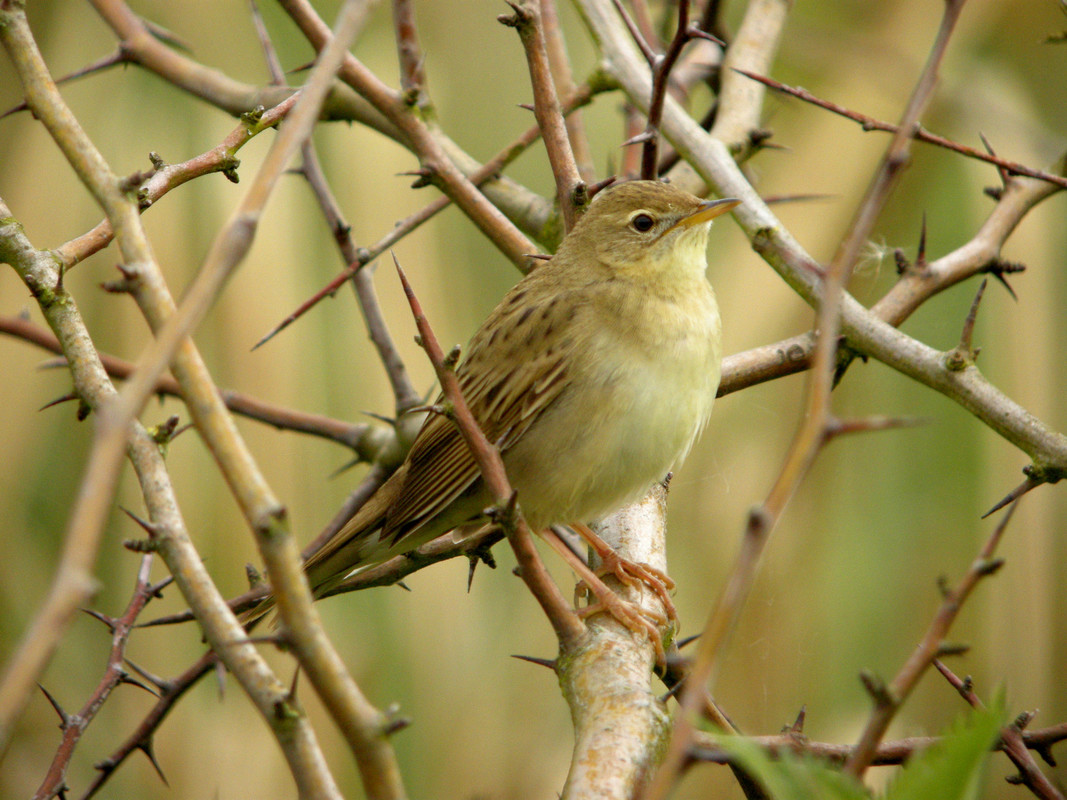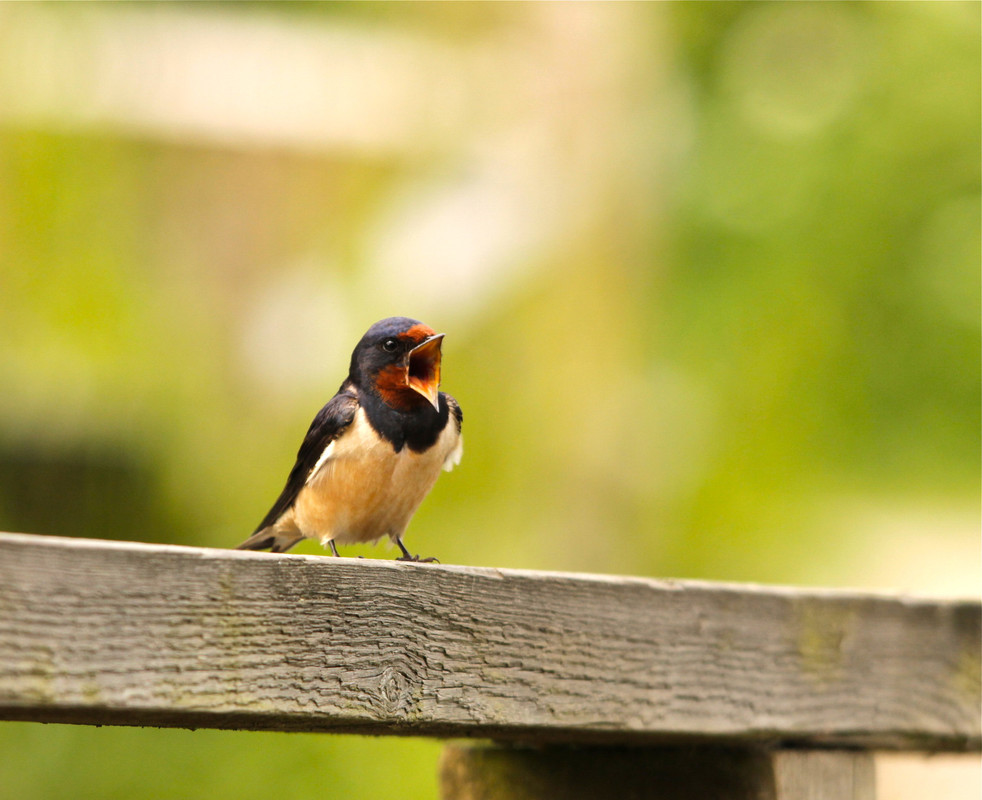Wildlife sightings for 21st November 2011
3 redhead Smew - reservoir lagoon. The UK wintering population of these birds is around 180 individuals over the previous few winters. The threshold for national significance for a site is two birds. [...]

3 redhead Smew - reservoir lagoon. The UK wintering population of these birds is around 180 individuals over the previous few winters. The threshold for national significance for a site is two birds. Image by Yvonne Simmonds. Why three smew is good news
1 Shelduck - main lake
161 Teal - site count
1 Pintail - main lake
1 Bittern - west end of sheltered lagoon
1 Peregrine - sat on hospital
1 Jack Snipe - to the right of marsh channel
1 Woodcock - flushed from north bank, then flew north
1 Kingfisher - flew north over reservoir lagoon
1 Skylark - over grazing marsh
5 Chiffchaff - site count
1 Mealy Redpoll - wildside
Recent bird highlights: Smew, Bittern, Peregrine, Black-tailed Godwit, Redshank, Green Sandpiper, Jack Snipe, Woodcock, Dunlin, Yellow-legged Gull, Caspian Gull, Short-eared Owl, Rock Pipit, Stonechat, Bullfinch, Yellowhammer and Mealy Redpoll.
Autumn migration continues with the chance of a range of spotting unusual waders, Warblers, Pipits and other passerines anywhere on the reserve.
Skylarks, Redwing, Fieldfare, Meadow Pipits and migrant Blackbird and Song Thrush are moving westwards on a daily basis. Some will drop into the hedges and scrub blocks which are laden with Hawthorn, Blackthorn and Rosehip fruit.
The grazing marsh is good for Stonechat, Meadow Pipit, Water Pipit and grazing Wigeon. Jack Snipe are currently preferring to feed along the right-hand side of the main marsh channel.
Look out for a real rarity like a Yellow-browed Warbler that tend to follow any mixed Tit flocks around.
Small flocks of Siskin, Goldfinch and Redpoll are feeding amongst the tall Alder and Birch trees.
Flocks of wintering duck have settled on the reserve with Shoveler, Gadwall, Wigeon and Teal all on the increase.
The first Bitterns (2) arrived mid-October and can be found on the main lake, sheltered lagoon reed fringes, or the main reedbed at present.
Bats: The last bat survey of the year revealed good numbers of Soprano, Nathusius' and Common Pipistrelles, several Daubenton's Bats feeding on the wader scrape and a Leisler's Bat near the centre.
Butterflies: Red Admiral.
Dragonflies: Migrant Hawker.
Late flowering plants: Common Knapweed, Deptford Pink, Bird’s Foot Trefoil, Ragwort, Marsh Marigold (see above right - image by Laurence Arnold).

